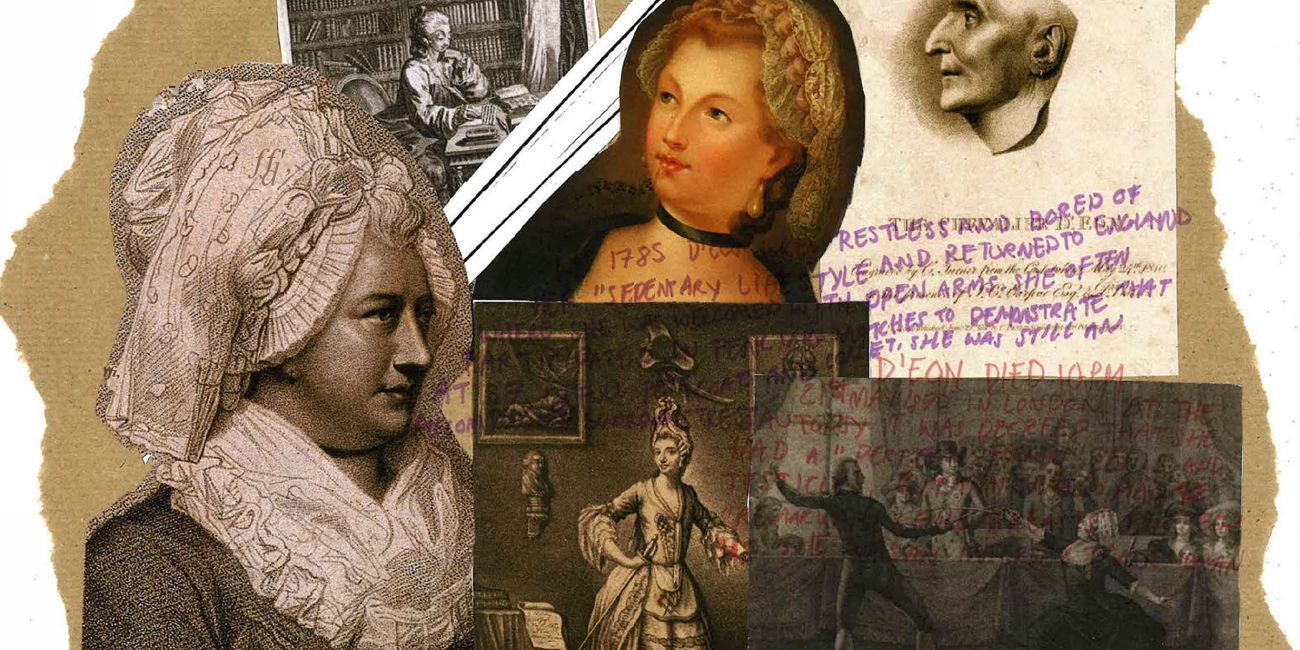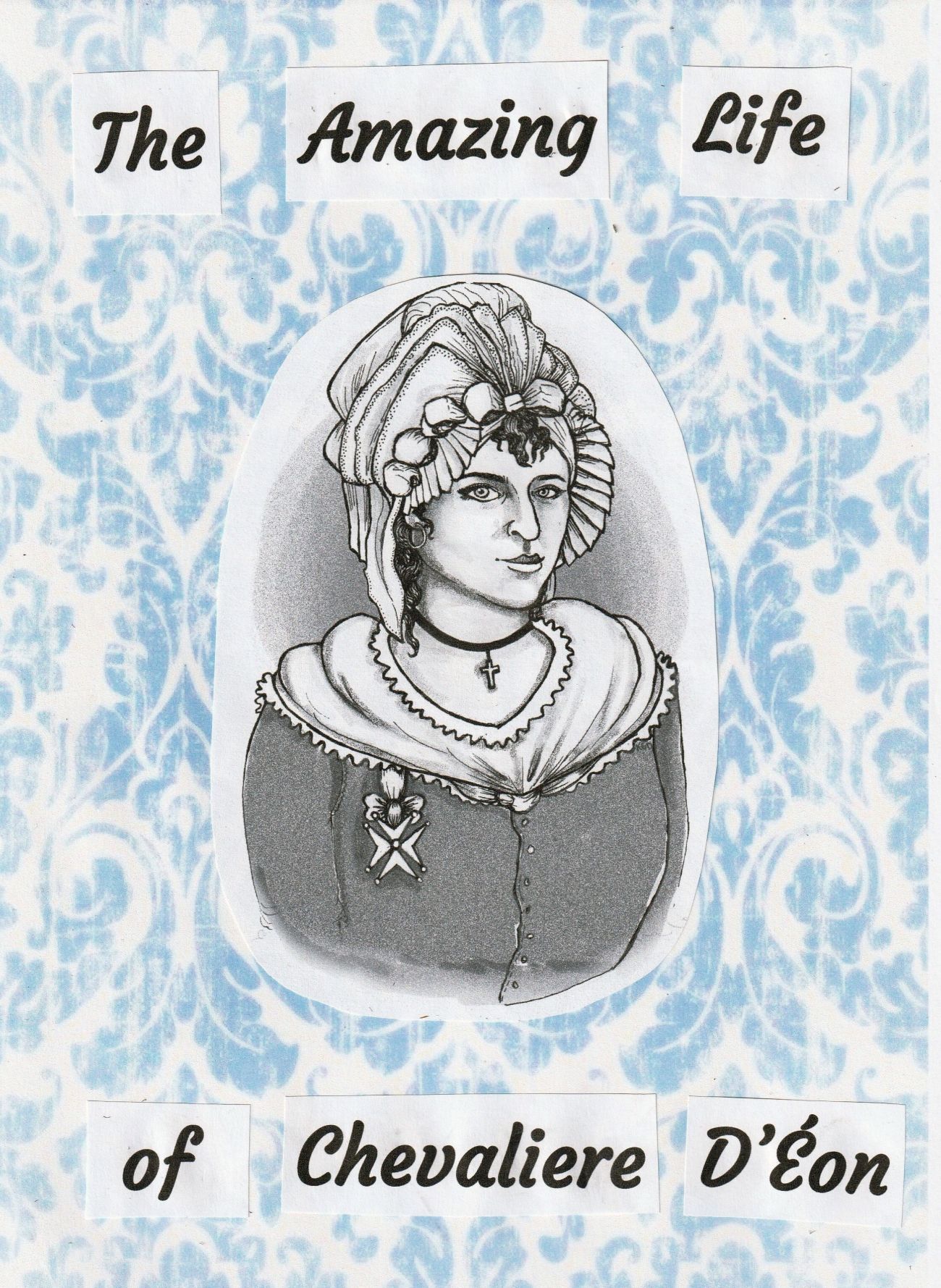- Hidden stories
The Amazing Life of la Chevalière d’Éon

As part of Leeds 2023 Hidden Histories pilot project we explored different perspectives on our collection. For this project we worked closely with historian Kit Heyam and artist and researcher Luna Morgana and Leeds' local trans community to re-examine a sword owned by the 18th-century spy and diplomat, la Chevalière d’Éon.
Rob Freeman,
Community Engagement Officer,
Royal Armouries
2 minute read
A group session was held at the Royal Armouries Museum in Leeds. The attendees were taken on a tour, where they were shown objects from the Royal Armouries' collection relating to the life of la Chevalière d’Éon and trans history.
During the tour, museum staff gave talks about objects and artefacts and their symbolism that represent gender and gender nonconformity throughout history. The highlight of the tour was the display of la Chevalière d’Éon’s sword, which she had gifted to her friend George Keate in 1777. The sword was taken off display to allow the attendees to examine it more closely.
After the tour, the attendees had the opportunity to reflect on their experience and contribute to the creation of a zine in any creative way they wanted. The zine is inspired by the life of la Chevalière d’Éon, and a re-examination of her sword.
The workshop encouraged everyone to feel a part of their own history by submitting something of their own creation that represented their individual experience and newfound knowledge.
We are proud to share the zine with a broader audience.
Download 'The Amazing Life of Chevalière d'Éon' (pdf, 7.5 MB)



Join the conversation